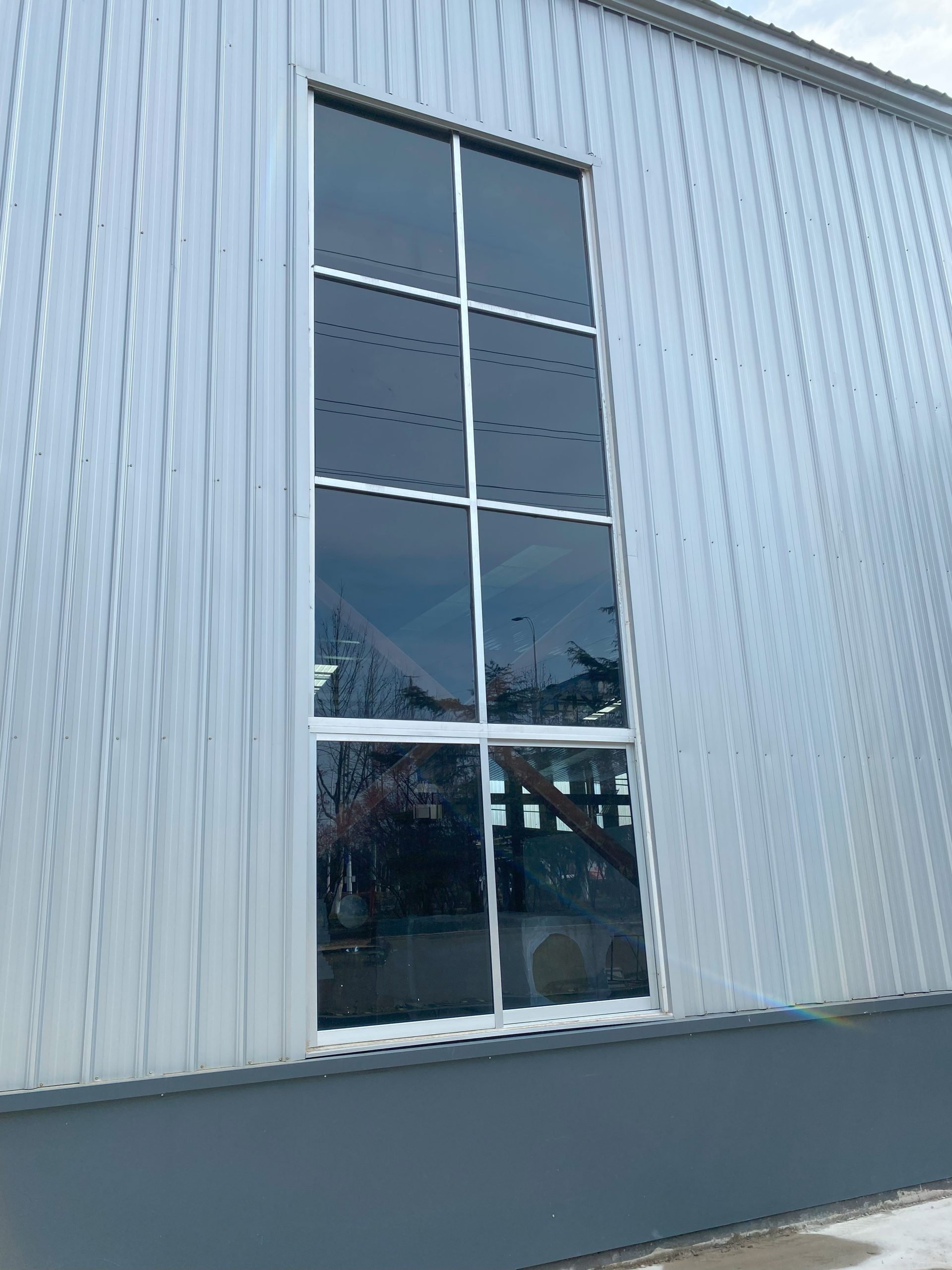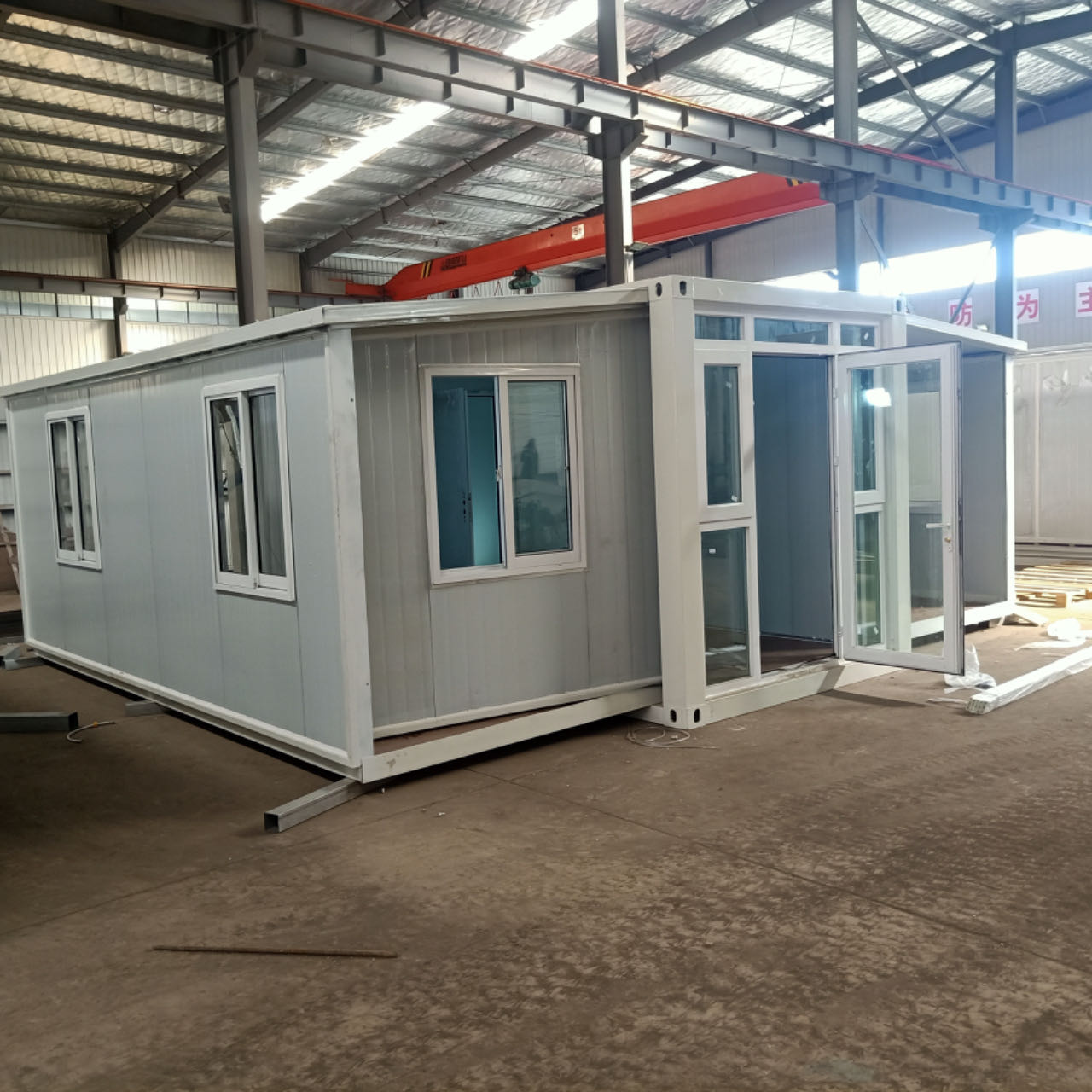Table of Contents
Innovative Approaches to Overcoming Construction Challenges in Steel Structure for Hydropower Stations
Steel Structures are commonly used in hydraulic engineering projects such as dams and hydropower stations due to their strength, durability, and resistance to corrosion. However, the design and construction of steel structures in these environments present unique challenges that require innovative approaches to overcome. In this article, we will explore the structural design and construction difficulties of steel structures in hydraulic engineering projects and discuss some innovative solutions that have been developed to address these challenges.

One of the primary challenges in the design of steel structures for hydraulic engineering projects is the need to withstand the forces exerted by water, including hydrostatic pressure, wave action, and ice loads. These forces can place significant stress on the structure, requiring careful consideration of the material properties, geometry, and connections to ensure structural integrity. Additionally, the presence of water can accelerate corrosion, further compromising the structural integrity of the steel.
To address these challenges, engineers have developed innovative design approaches such as using high-strength steel alloys, incorporating sacrificial anodes for corrosion protection, and implementing advanced modeling techniques to simulate the behavior of the structure under various loading conditions. By carefully analyzing the forces acting on the structure and selecting appropriate materials and construction techniques, engineers can ensure that steel structures in hydraulic engineering projects are able to withstand the harsh environmental conditions they are exposed to.

In addition to the design challenges, the construction of steel structures in hydraulic engineering projects can also be complex and challenging. The remote and often inaccessible locations of dams and hydropower stations can make it difficult to transport materials and equipment to the site, requiring careful planning and coordination to ensure that construction proceeds smoothly. Furthermore, the presence of water can pose Safety hazards for construction workers, requiring additional precautions to be taken to protect their health and well-being.
To overcome these construction challenges, engineers have developed innovative construction techniques such as modular construction, prefabrication of components off-site, and the use of specialized equipment such as Floating Cranes and Barges. By prefabricating components in a controlled Environment and Transporting them to the site for assembly, construction time can be reduced, and safety risks minimized. Additionally, the use of specialized equipment can help to overcome logistical challenges and ensure that construction proceeds efficiently.
Overall, the design and construction of steel structures in hydraulic engineering projects present unique challenges that require innovative approaches to overcome. By carefully considering the forces acting on the structure, selecting appropriate materials and construction techniques, and implementing innovative design and construction approaches, engineers can ensure that steel structures in hydraulic engineering projects are able to withstand the harsh environmental conditions they are exposed to. Through collaboration and innovation, the challenges of designing and constructing steel structures in hydraulic engineering projects can be successfully overcome, leading to the successful completion of dams and hydropower stations that provide essential services to communities around the world.
Importance of Proper Structural Design in Ensuring the Longevity of Steel Structures in Hydraulic Engineering
Steel structures play a crucial role in hydraulic engineering projects such as dams and hydropower stations. These structures are designed to withstand the immense forces exerted by water, making them essential for the successful operation of these facilities. However, the design and construction of steel structures in hydraulic engineering projects present unique challenges that must be carefully addressed to ensure their longevity and safety.
One of the key considerations in the design of steel structures for hydraulic engineering projects is the need to account for the dynamic loads imposed by water flow. Dams and hydropower stations are subject to fluctuating water Levels and flow rates, which can exert significant forces on the structure. As such, the structural design must be able to withstand these dynamic loads without compromising the integrity of the steel components.
In addition to dynamic loads, steel structures in hydraulic engineering projects must also be able to resist corrosion. Water is a corrosive environment that can cause steel to deteriorate over time if not properly protected. To mitigate this risk, engineers must carefully select materials and coatings that are resistant to corrosion and ensure that proper maintenance practices are in place to prevent degradation of the structure.
Another challenge in the design of steel structures for hydraulic engineering projects is the need to accommodate for thermal expansion and contraction. Steel expands and contracts with changes in temperature, which can place additional stress on the structure if not properly accounted for. Engineers must carefully consider the effects of thermal expansion and contraction in their design to prevent buckling or distortion of the steel components.
The construction of steel structures in hydraulic engineering projects also presents unique challenges. The sheer size and complexity of these structures require careful planning and coordination to ensure that they are built to the highest standards of quality and safety. Construction crews must have the necessary expertise and experience to handle the challenges posed by working in a dynamic and often hazardous environment.
One of the key challenges in the construction of steel structures for hydraulic engineering projects is the need to ensure proper alignment and fit-up of the steel components. Even minor deviations from the design specifications can have significant consequences for the structural integrity of the facility. Construction crews must carefully measure and align each steel component to ensure that they fit together seamlessly and that the structure is able to withstand the forces imposed by water flow.
Another challenge in the construction of steel structures for hydraulic engineering projects is the need to ensure proper welding and fabrication techniques are used. Welding is a critical process in the construction of steel structures, and any defects or imperfections in the welds can compromise the integrity of the structure. Construction crews must be trained in the proper welding techniques and must adhere to strict quality control measures to ensure that the welds meet the necessary standards.
In conclusion, the design and construction of steel structures in hydraulic engineering projects present unique challenges that must be carefully addressed to ensure their longevity and safety. Engineers must account for dynamic loads, corrosion, thermal expansion, and other factors in their design to create structures that are able to withstand the forces imposed by water flow. Construction crews must have the necessary expertise and experience to build these structures to the highest standards of quality and safety. By addressing these challenges, engineers and construction crews can ensure that steel structures in hydraulic engineering projects are able to fulfill their intended purpose and provide reliable service for years to come.
